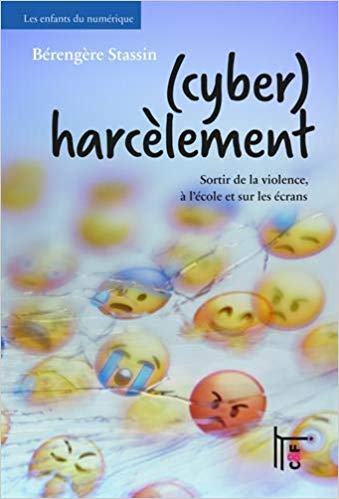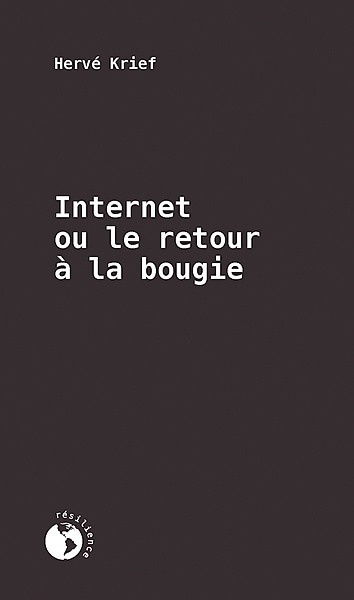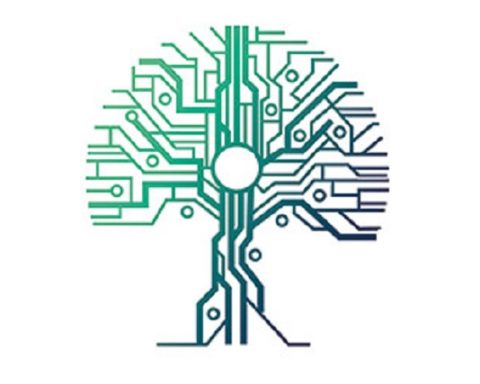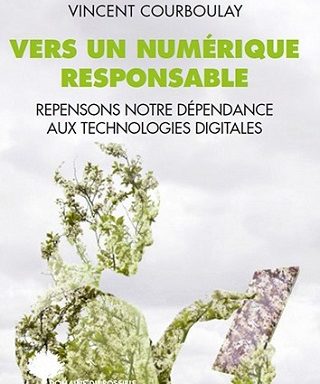 (Cyber)harassment: Getting out of violence, at school and on the screens by Bérengère Stassin
(Cyber)harassment: Getting out of violence, at school and on the screens by Bérengère Stassin
C&F Editions, July 24, 2019 - 176 Pages
Violence among students has a long history. It now continues outside of school through smartphones and social media. Insults, mockery, identity theft, happy slapping...fake photos, revenge pornIn addition, the manifestations of cyber violence and cyber harassment are numerous and their consequences are often dramatic for the victims.
The author states in the introduction to her book that "In France, seven hundred thousand pupils are victims of school harassment, half of them severely, i.e. 5 to 6 % of pupils in total, divided between primary and secondary education. Victims of bullying, verbal, physical, material and sexual violence, which is repeatedly used against them and whose consequences are sometimes terrible: withdrawal, loss of self-confidence, sleep disorders, anxiety, depression, dropping out of school, self-aggressive behaviour and, among the most vulnerable, suicidal behaviour".
The entire school environment is impacted, including stalkers, followers and the collective atmosphere. (Cyber)harassment also develops at university, in the world of work and in public (cyber)space.
"The only way out of violence would be to become aware of the mechanisms of repulsion, exclusion, hatred and contempt in order to reduce them to nothing thanks to an education of the child relayed by all. "Françoise Héritier
The fight against these phenomena requires education: empathy, media and information, trace intelligence and critical thinking. The use that teenagers make of the web is rich and varied and far from being limited to these malicious acts. Tapping into their digital skills and tastes and talking about their uses could provide a way out of violence, both at school and on the screens.
Berengaria Stassin is a lecturer in information and communication sciences at the University of Lorraine and a member of the Centre de recherche sur les médiations (Crem). She teaches at the IUT Nancy-Charlemagne and in the training of documentalist professors. Her research focuses on digital mediations, online communities and digital identity, which she questions through the prism of cyberviolence and cyberharassment in schools.











